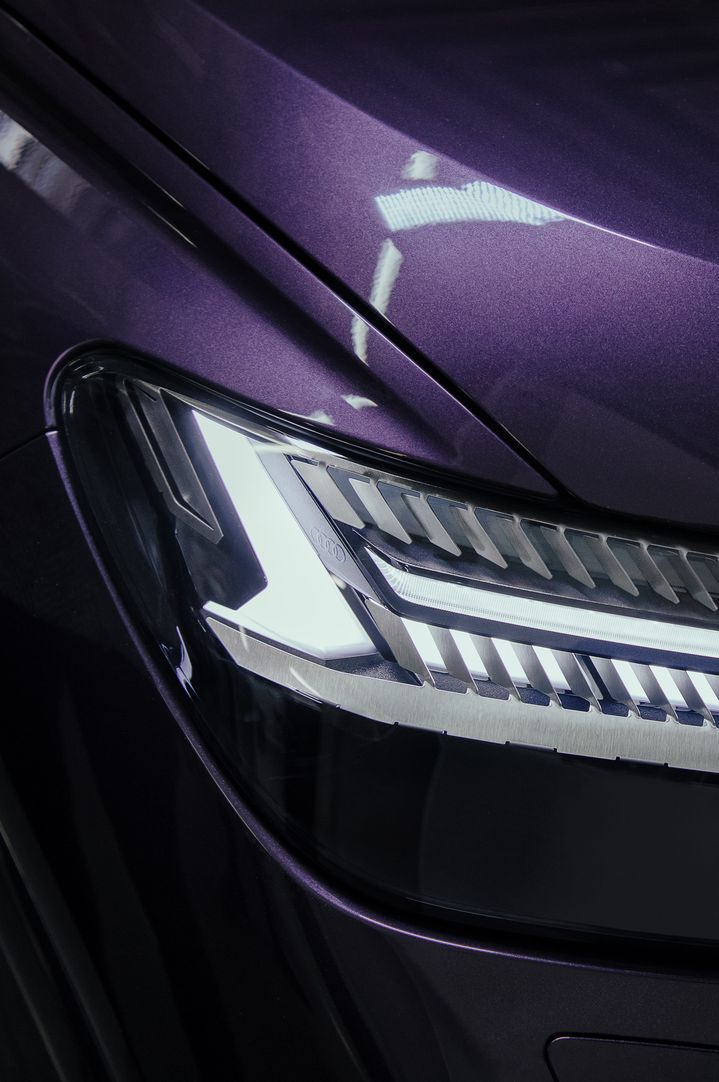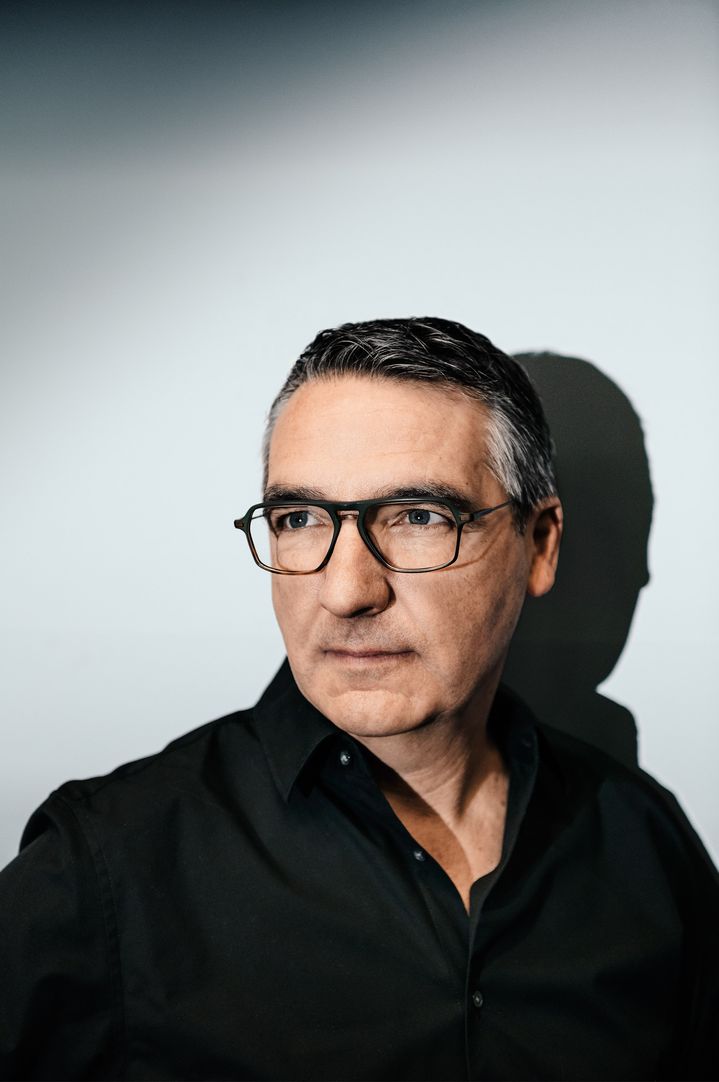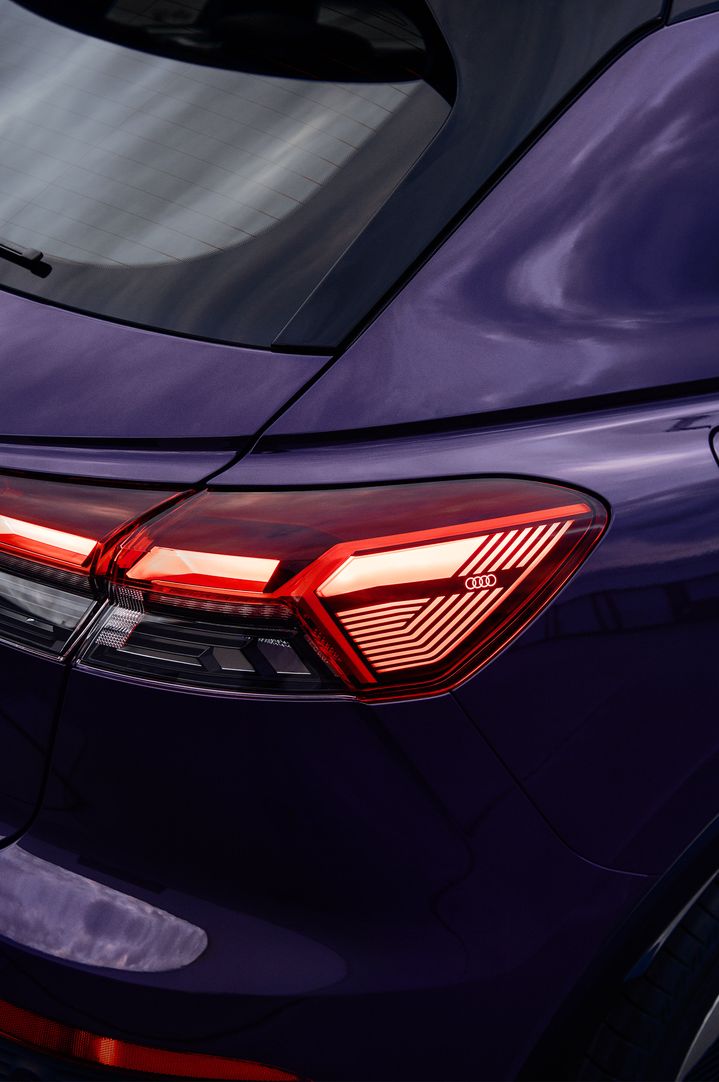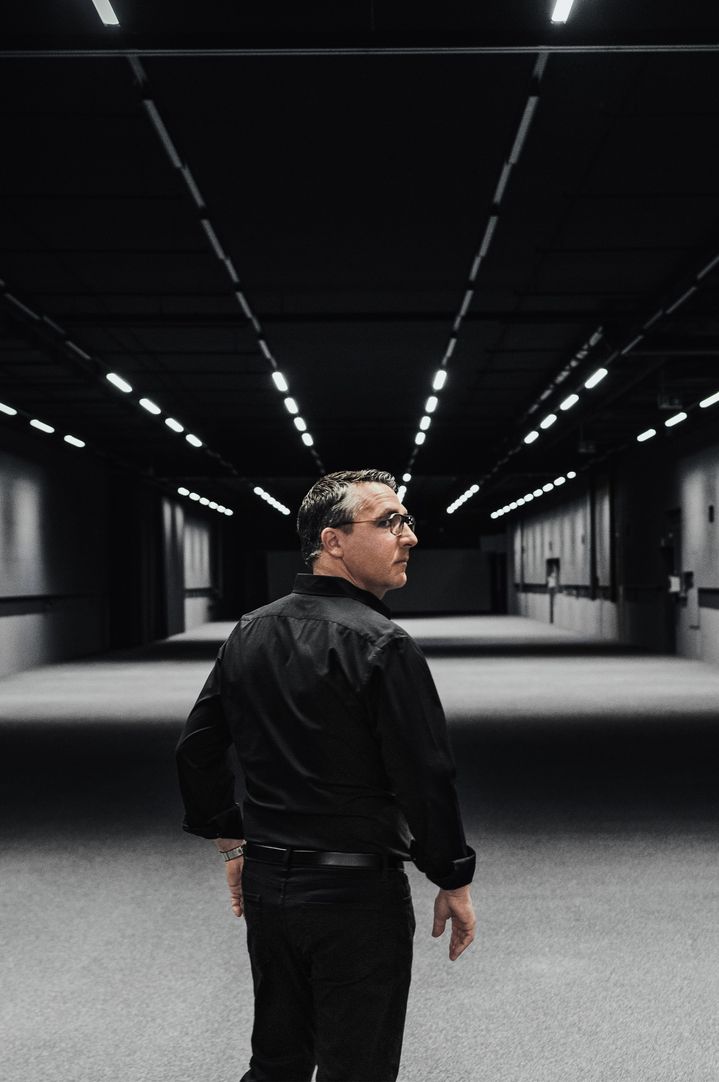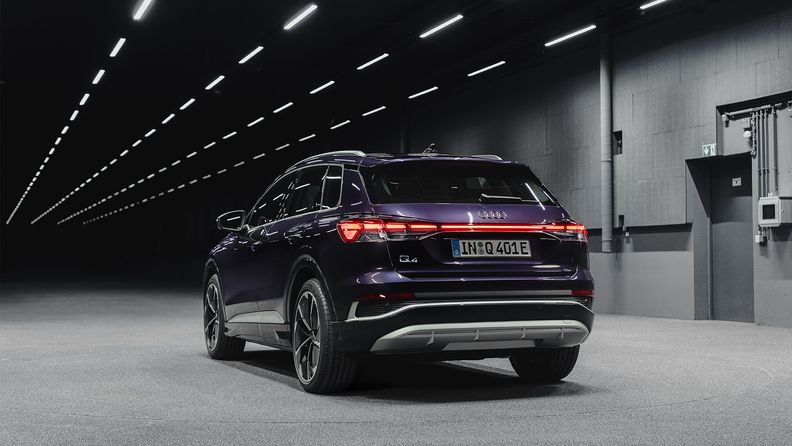A statement’s power often lies in the fine detail
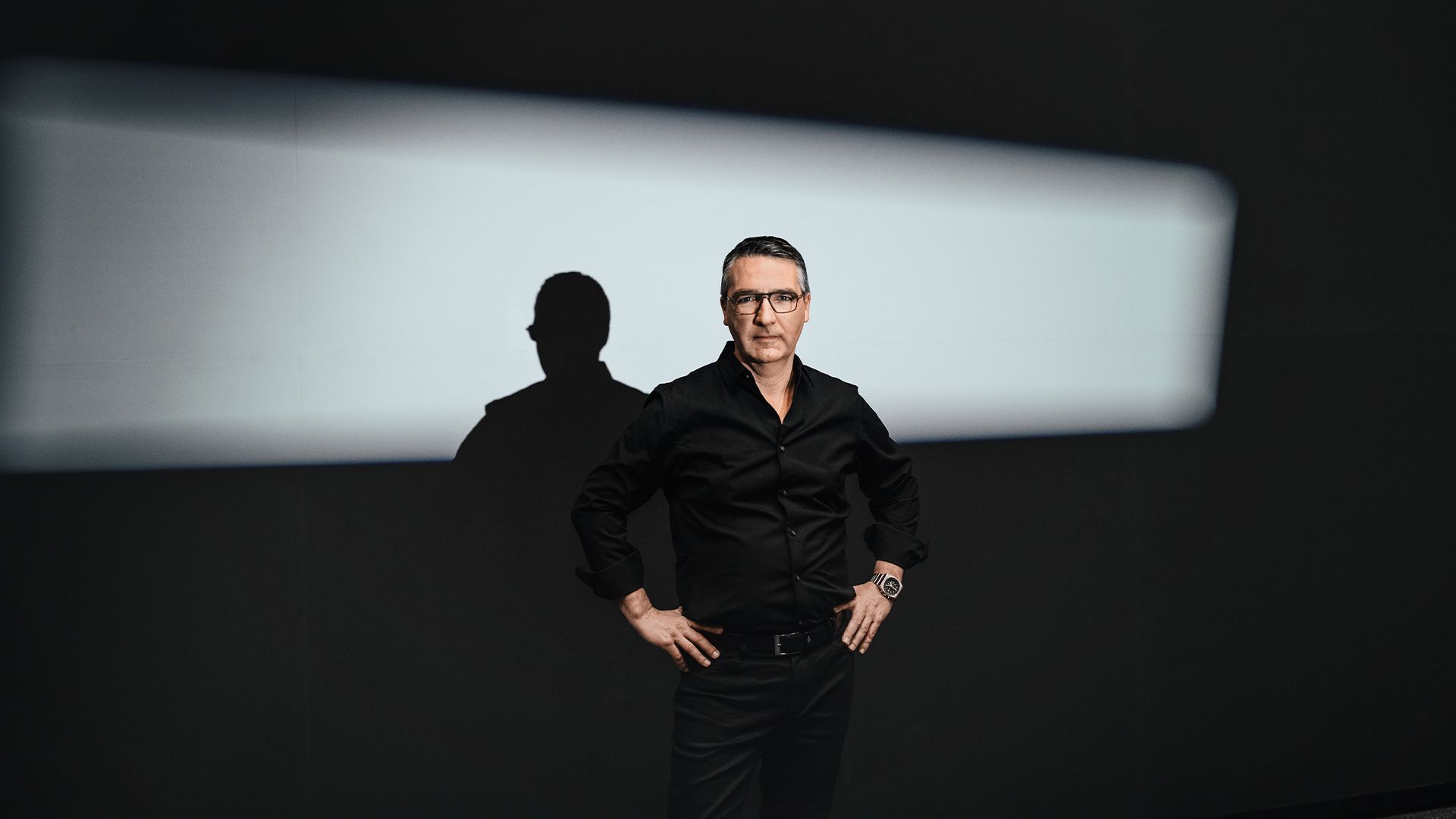
How did you become such a distinctive designer?
Firstly, my whole family is involved in art and design: my grandmother played concert piano, my father was an architect – so I came into a world that already hinted at the path I might take. I was always surrounded by crazy objects, and often saw new things created seemingly out of nothing by a few simple strokes on a sheet of paper.
I was also influenced by my studies: automotive design in the UK. At first, my English was so bad that I barely understood a thing during lectures. At the end of my first project briefing, everyone else got up and left, but I remained seated – still trying to make sense of the assignment. I finally understood that we were supposed to design a new telephone. But where had everyone gone? The lecturer told me: to the library, to do research. Good idea, I thought – and did the same. Well, of course, I couldn’t find a single book about phones. Maybe I got there too late and they had all been borrowed already. But the library was fabulous anyway. You could really get lost in it. I devoured book after book, jumping from subject to subject – nature, architecture, aviation, anything and everything. I carried on like that for several weeks until I remembered: the phone! I set to work.
On the day of the presentation, everyone had made phones that looked like phones. Except for me. People were impressed: “How on earth did you come up with those ideas? Your design doesn’t look like anything we’ve ever seen before!” At that moment, I realised once and for all that if you look at things the same way as everyone else, then you do things the same way as everyone else. Going forward, I resolved to try and find new perspectives wherever possible, which I still endeavor to do today. That’s the kind of designer I want to be.
César Muntada
As head of light design and wheel design at Audi, César Muntada is one of the people to thank for the unmistakable look of all Audi models. Since 2007, this visionary has helped mold the Audi Design Unit, which is infused with a passion for innovation and technology. After growing up in the art metropolis of Barcelona and spending various periods abroad, the Spanish national studied automotive design at the University of Coventry in the UK. He sees light as the most important communication medium of the future.
How is this philosophy expressed in your work for Audi?
What’s special about how we design at Audi is that we look for what we need or what we find exciting, rather than just sticking to what already exists. If the technology we want isn’t ready for automotive use, then we will simply fine-tune it. This is how we came to use LEDs, laser technology, OLEDs and projections that work on the same principle as movie projectors. We are not constrained by the status quo; we think in terms of research steps.
But today even the status quo is more exciting than ever, wouldn’t you agree?
That’s true. Lighting technology has evolved at lightning speed in recent years. We have made huge strides from the simple technologies that prevented us from developing sophisticated designs to achieving enormous creative freedom through electronic evolution. It means we can now create objects that blend seamlessly with the vehicle design as a whole. Every car sends out a message and we play a part in it by underscoring it. This freedom, these possibilities were brought about by LEDs, which we were finally able to precisely position in a way that described the shape or line we wanted.
How would you describe the design line running through all of the Four Rings’ lighting projects?
Naturally, each Audi model has a different light signature. But they all share a highly sporty signature that’s never imprecise or frenetic. We set out to convey clarity and calm—whether from a distance or up close.
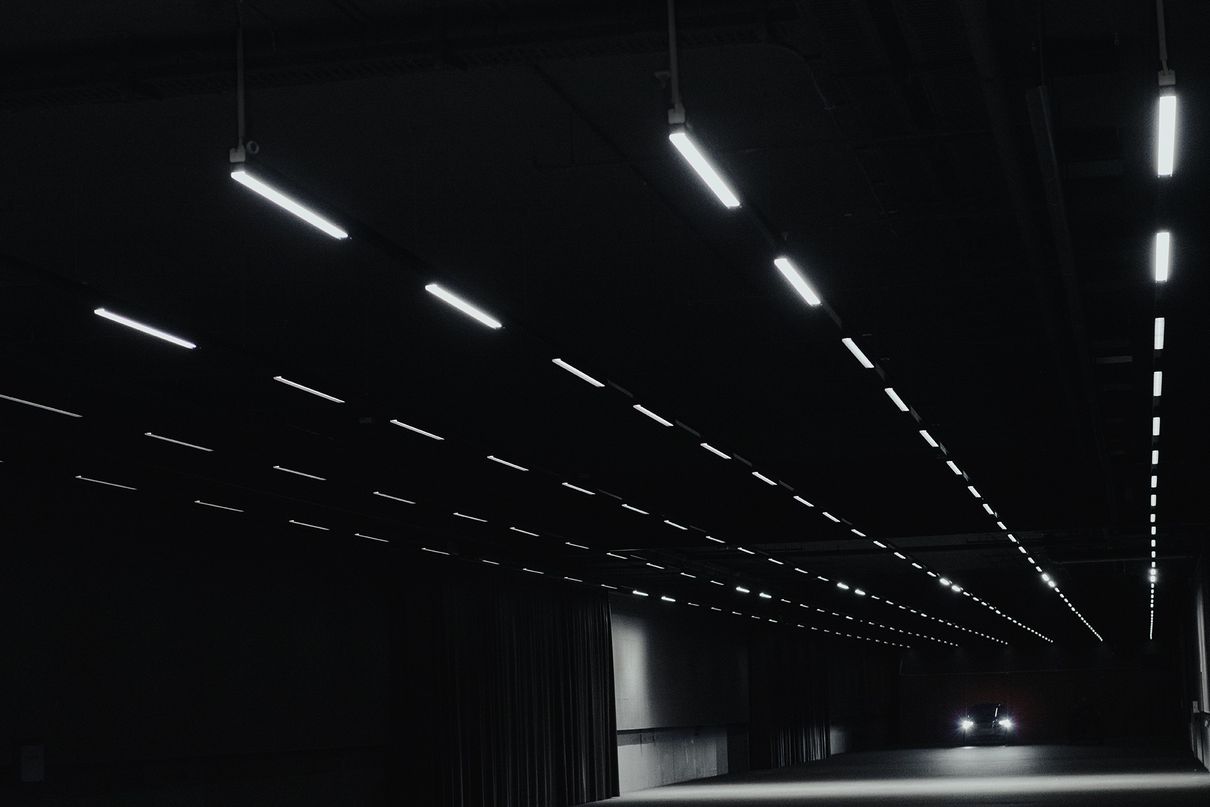
German model shown.
German model shown.
“
We set out to convey clarity and calm – whether from a distance or up close.”
Especially from a distance, some people still consider LED light to be too cold. What’s your take?
LEDs can adapt to virtually any conditions by changing color or light temperature or, of course, intensity. The problem only arises when they are used incorrectly – if the light intensity is unnecessarily high. They then become distracting or annoying, which we obviously want to avoid. This is why, for instance, we came up with a matrix that automatically switches off the high beam when a car is approaching from the opposite direction.
In actual fact, the normal light temperature of LEDs is by no means artificial or cold, but comes close to that of daylight. Yet even the temperature of daylight feels unfamiliar when we are driving a car in darkness. We tend to associate light at night with warm tones.
Aside from the options offered by LED technology, what other lighting trends are you observing?
What I find especially exciting is that a whole new semantics of movement is emerging. Do you remember equalisers? Those old machines that enabled us to see sound because a light moved along with it? We can now visualise silence – electronic impulses that no longer make any noise and whose function is revealed to the user solely by way of light signals.
What inspires you these days?
Nature has created so many wonderful things and everything in it is – to a greater or lesser extent – based on light. For example, as it gradually becomes dark in the evening, the light emitted as the stars begin to shine sends messages from the past. This alone sometimes inspires me to think of new messages for the future. Then there are books; I still lose myself in them. I’ll sometimes read very slowly, trying to precisely understand why one word might have been chosen rather than another. A statement’s power often lies in the fine detail.
But what I love most now is drawing inspiration from talking to my team. Coming from Barcelona, preserving the culture of eating lunch together is important to me. We talk about all kinds of things. Everyone wants to change the world. The conversation flits from one subject to the next. And almost always we reach a point where someone asks: can we try that out? Of course, why not? I am surrounded by so many positive thinking, progressive people. Only when we really can’t improve something any further, then maybe we’ll leave it as it is.
